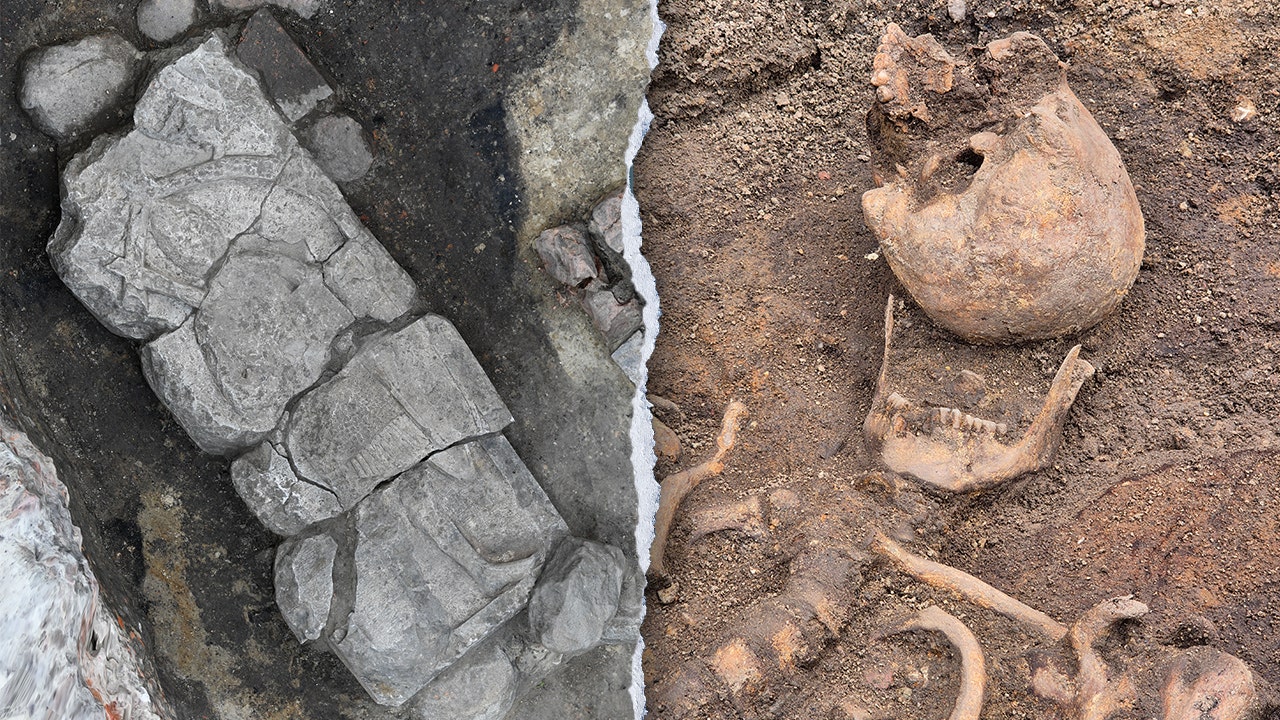The Grand Canyon Lodge Fire: A Tragedy That Shouldn’t Hinder Future Fire Management
The destruction of the Grand Canyon Lodge is a heartbreaking event that has sparked discussions about how wildfires are managed across the United States. While the loss of this historic structure is deeply unfortunate, it should not be used as an excuse to impose new restrictions on controlled burns, which play a crucial role in preventing larger, more destructive fires.
The North Rim of Grand Canyon National Park is known for its breathtaking beauty and relative tranquility compared to the South Rim, which often sees heavy traffic. A few summers ago, I had the opportunity to visit with friends and take in the stunning views. The Grand Canyon Lodge, with its historical significance, was one of the highlights of the trip. Unfortunately, earlier this month, the Dragon Bravo Fire, which started on July 4 due to lightning, destroyed the lodge and dozens of other structures. Fortunately, no lives were lost, and all guests and staff were safely evacuated. However, the North Rim will remain closed for the rest of the year, marking a significant disruption for visitors and the local economy.
The political reaction to this tragedy has been swift. Arizona’s Democratic Senators, Ruben Gallego and Mark Kelly, have criticized the federal government’s decision to manage the fire rather than suppress it. They question why the fire was allowed to continue burning, especially given the extreme heat in Arizona this summer. While seeking clarity on this specific incident is important, it’s critical that we do not let this tragedy derail the use of controlled burns, which are essential for maintaining healthy forests.
Forest fires are a natural part of many ecosystems. There are two primary approaches to managing them. One is the proactive use of prescribed burns, which involve intentionally setting small, controlled fires to reduce the buildup of dead vegetation and other flammable materials. This method is widely used in the Southeast, where it has proven effective. For example, in Georgia, over 1.3 million acres have burned through more than 61,000 controlled burns as of mid-July. In comparison, only about 23,000 acres have been lost to wildfires, according to federal data. These numbers suggest that controlled burns can significantly reduce the risk of large-scale wildfires.
In contrast, the Western United States typically adopts a policy of suppressing fires as quickly as possible. This approach has obvious benefits—preventing large-scale destruction and avoiding high-profile failures like the one at the Grand Canyon. However, there is a long-term cost. When fires are suppressed, the fuel that would have been cleared by controlled burns accumulates over time, increasing the risk of more intense and difficult-to-control wildfires in the future.
Taylor McKinnon, the Southwest director for the Center for Biological Diversity, highlighted this issue in an interview with The Arizona Republic. He explained that the current approach effectively creates a de facto policy where only the hottest, most dangerous fires are allowed to burn. Examples of this include the 2018 Camp Fire in California, which killed 85 people and destroyed over 18,000 structures, and the 2020 August Complex fire, which burned more than 1 million acres.
The original Grand Canyon Lodge, which opened in 1928, had already faced a setback when it burned down in a 1932 kitchen fire. It was rebuilt, and this one should be as well. Once the lodge reopens, officials should consider implementing proactive measures such as controlled burns to protect it from future threats.
As the debate over wildfire management continues, it’s essential to remember that controlled burns are not just a tool for forest management—they are a vital part of preserving both natural landscapes and human communities. The tragedy at the Grand Canyon Lodge should serve as a reminder of the importance of balanced and informed fire policies, not a reason to abandon proven strategies.



